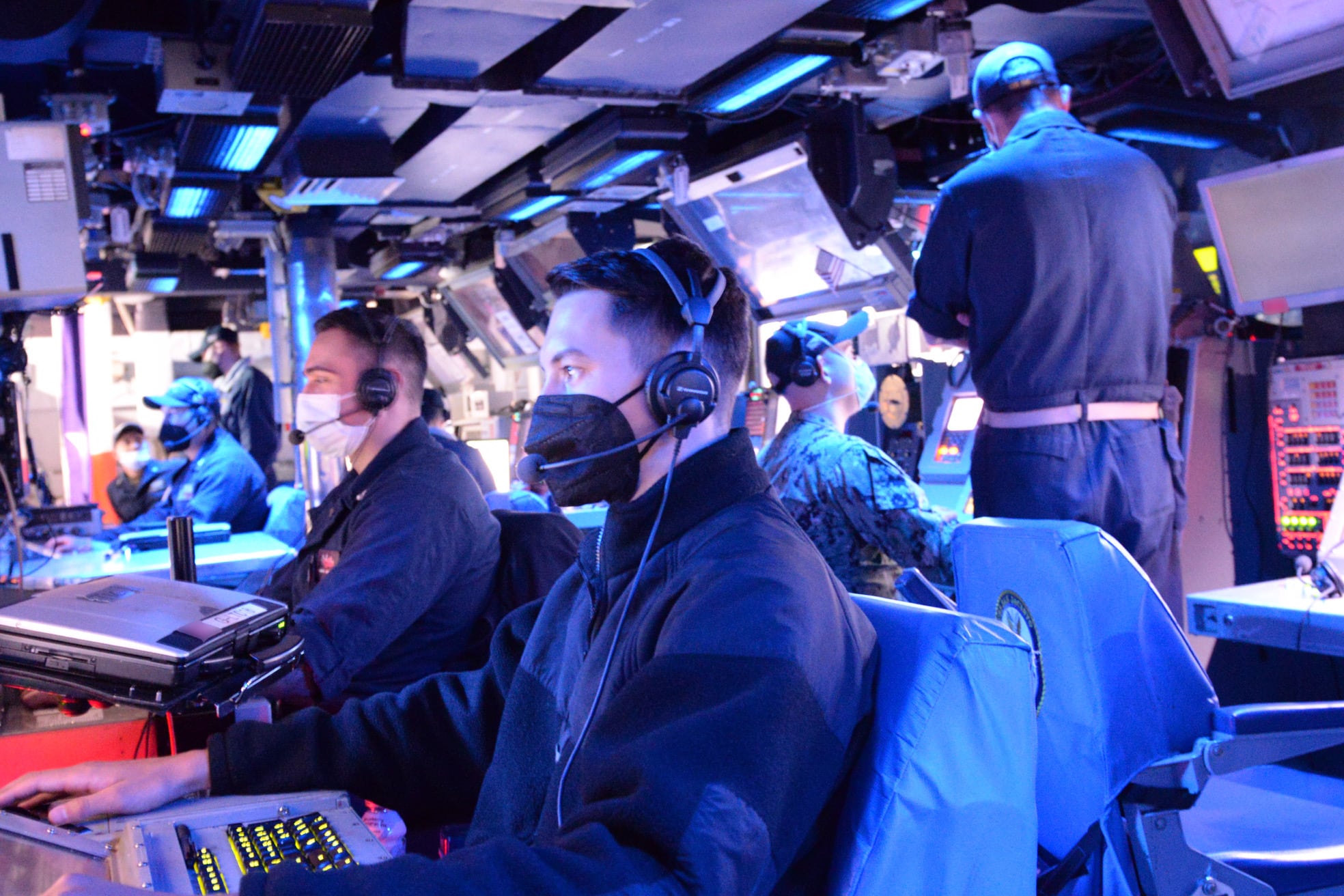The Marine Corps will launch a Naval Strike Missile at a scrapped U.S. Navy hull Sunday as a demonstration of the force that future Marine artillery units may be able to bring to the fight.
The launch in the Pacific is part of Large Scale Exercise 2021, Brig. Gen. John F. Kelliher, the deputy joint force maritime component commander, told Marine Corps Times in a Friday phone interview.
“It will be a demonstration of force and it will be kinetic, from multiple platforms,” Kelliher said.
“The Marine Corps will fire one of these Naval Strike Missiles in the Pacific there will be a sacrificial hull out there, something the Navy has scrapped,” he added.
RELATED

Large Scale Exercise 2021 is spread out across 17 time zones, involves more than 25,000 participants, all three Marine expeditionary forces, five numbered fleets and is “one of the largest exercises of this scale conducted by the U.S. since before World War II,” Maj. Jim Stenger a Marine Corps spokesman, told Marine Corps Times.
On Sunday the Marine fires will be launched from land in coordination with the Navy and Air Force, testing the three services’ ability to work together, Kelliher said.
The Corps plans for a future where small units equipped with missiles capable of sinking ships spread out across the battlefield, opening up sea lanes for the U.S. Navy and ideally keeping an enemy’s ships pinned down in their home ports.
“Whether it is in the Atlantic or Pacific, it is all about the Marine Corps being able to provide that anti-area denial — the sea control,” Kelliher said.
For Lt. Gen. Eric Smith the current commander of the Marine Corps Combat Development Command and the deputy commandant for combat development and integration, it is a simple math equation.
“A peer adversary has to respect a Naval Strike Missile that for $1.7 million can damage a warship of almost $2 billion — and you can’t find it,” Smith said at the 2021 Sea-Air-Space conference Aug. 3.
Smith said the Corps has already shot the Raytheon-made Naval Strike Missile in excess of 100 miles.
According to Raytheon, the missile carries a 500-pound warhead, a programmable fuse and avoids missile defense systems by “performing evasive maneuvers and flying at sea-skimming altitude.”
The Marine Corps has been test firing the Naval Strike Missile off the back of a Remotely Operated Ground Unit for Expeditionary (ROGUE) fires vehicle, which is essentially an unmanned, stripped down Joint Light Tactical Vehicle with with the cab removed and a launch system strapped to the back
The Naval Strike Missile combined with the ROGUE fires vehicle is collectively known as the Navy Marine Expeditionary Ship Interdiction System, or NMESIS.
Smith said the NMESIS will be able to avoid enemy detection within the first island chain of an enemy in the Pacific and strike at enemy vessels wherever they appear.
“Good luck finding that, because you won’t,” said Smith, who is slated to be the next assistant commandant of the Marine Corps.
The Marine Corps will use NMESIS to try and take out the scrapped hull Sunday, as the Corps combines the dispersed tactics with the experimental technology, Kelliher.




